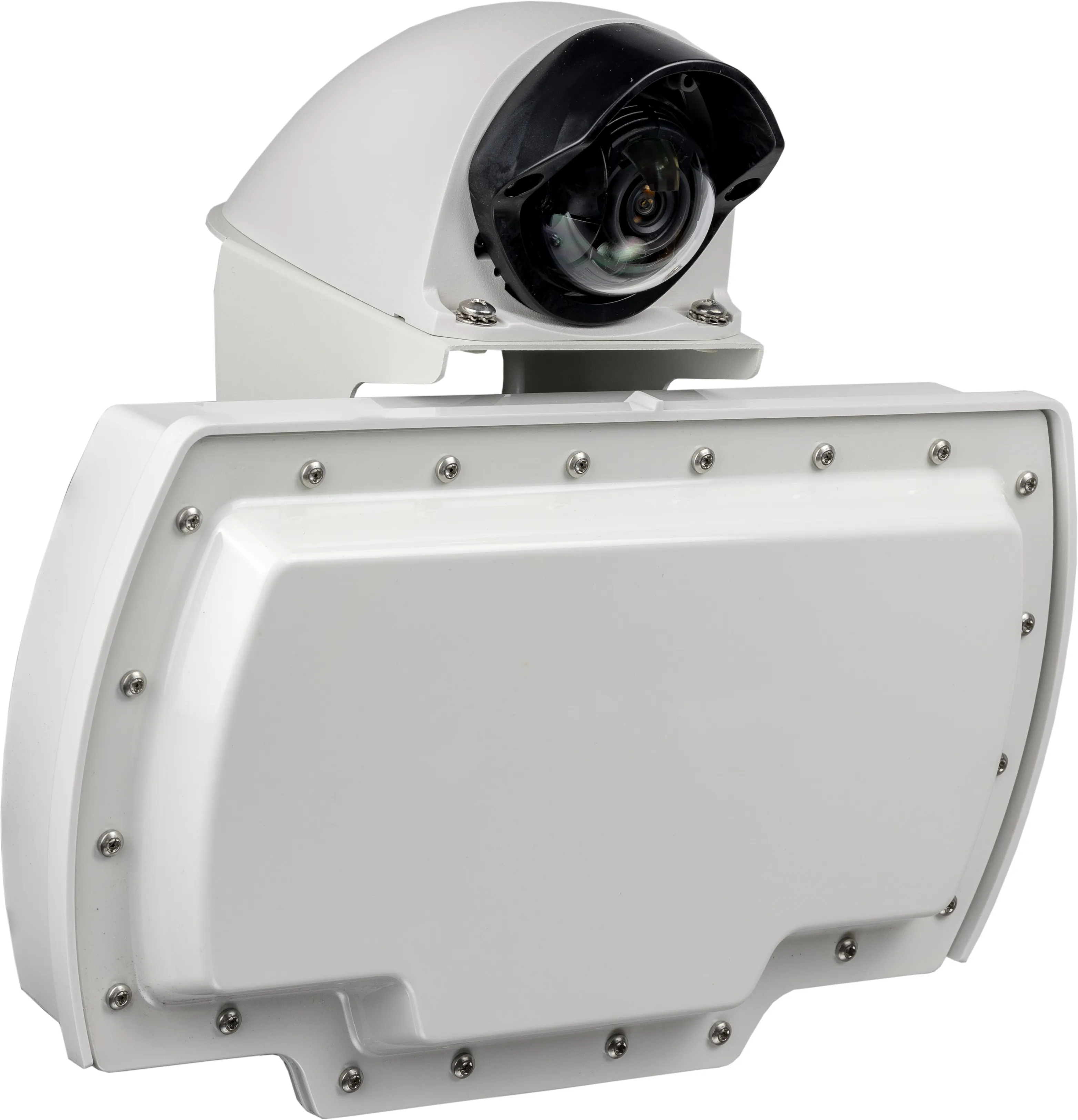Image Sensing Systems’ (ISS) Autoscope RTMS G4 radars are in use in Sochi, Russia to support traffic management at the 2014 Winter Olympics. The radars were provided by ISS’ regional partner Allied Global to the Olympic Games Transport Directorate, which is responsible for the operation of the traffic management system. Autoscope RTMS G4 is being used to monitor traffic conditions, display speed-map representation of the highway and determine travel time for commuters.
The traffic management system inc
February 21, 2014
Read time: 2 mins
The traffic management system includes a number of Autoscope RTMS G4 units that were installed on the road network from the city of Sochi to Krasnay Polyana, also known as the Mountain Cluster. Data is sent to the Sochi traffic management centre every five minutes for monitoring. The system also monitors the working conditions of the traffic counting stations.
Dan Skites, managing director of Traffic Management for Europe, Middle East, Africa and Asia-Pacific for Image Sensing Systems said, “With increased traffic expected during the Olympics, the Olympic Games Transport Directorate needed a traffic management solution that was accurate, cost effective and non-intrusive to the roadways. The Autoscope RTMS G4 was able to fulfil their need by offering an above-ground radar based sensor that works in conjunction with traffic management software to deliver accurate traffic reporting that can be provided to third parties to inform travellers.”










